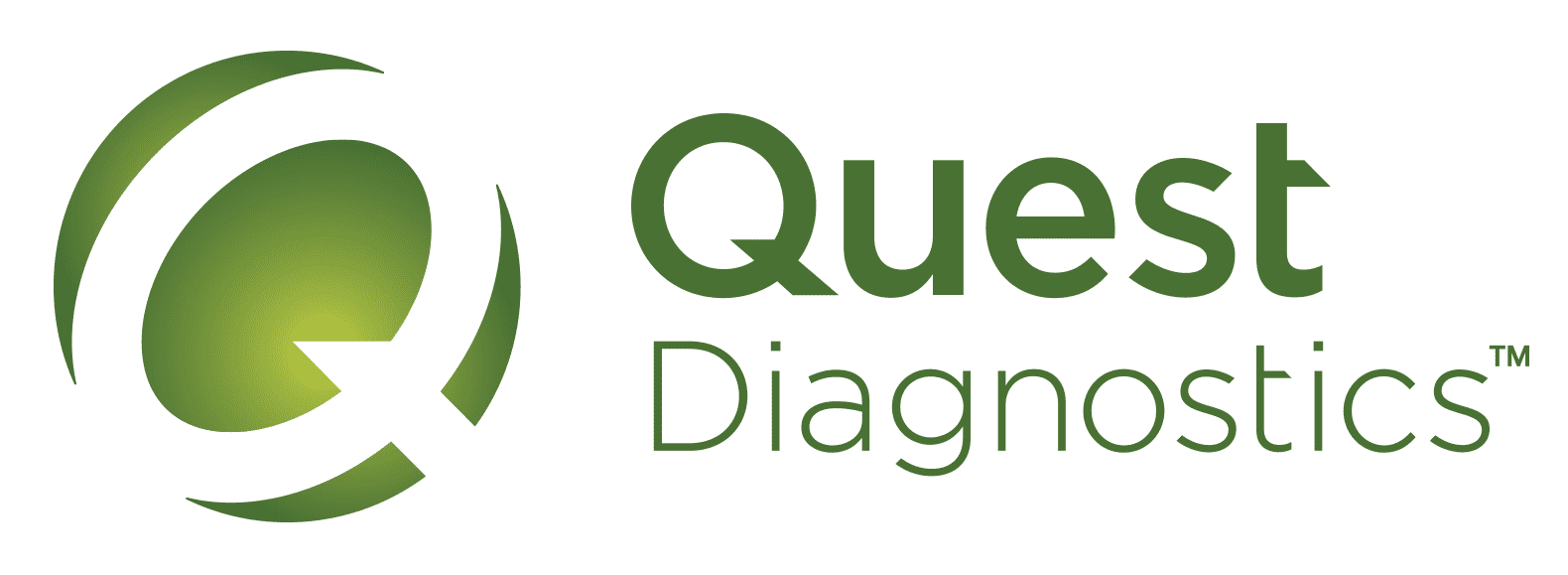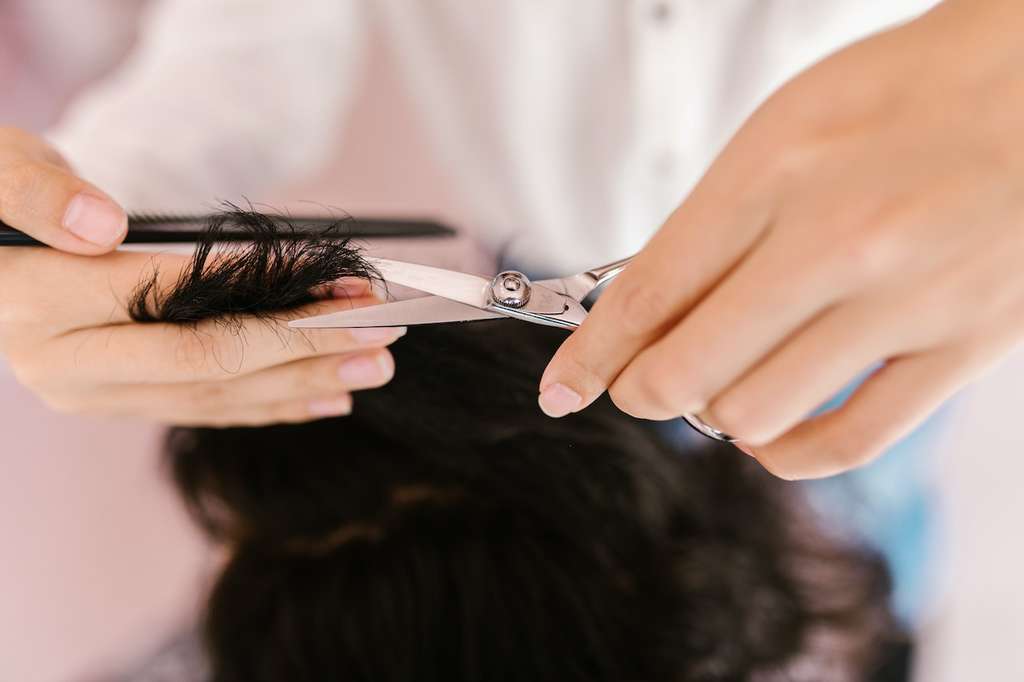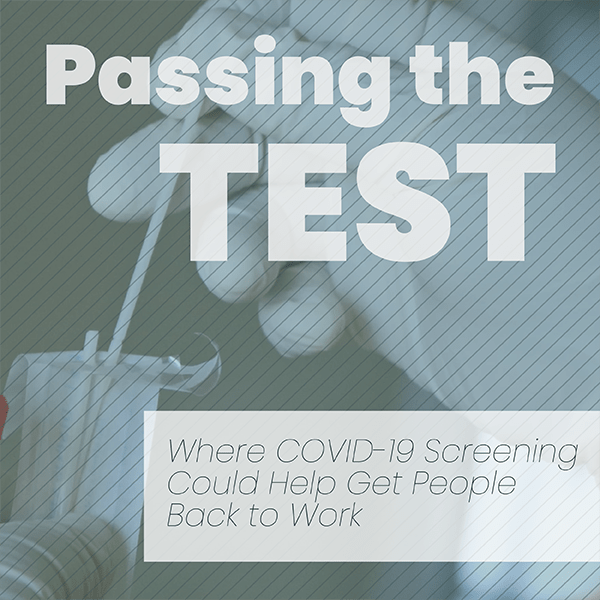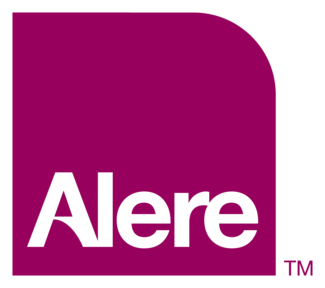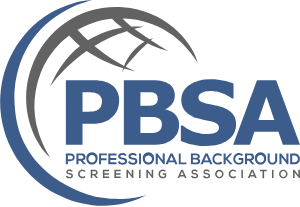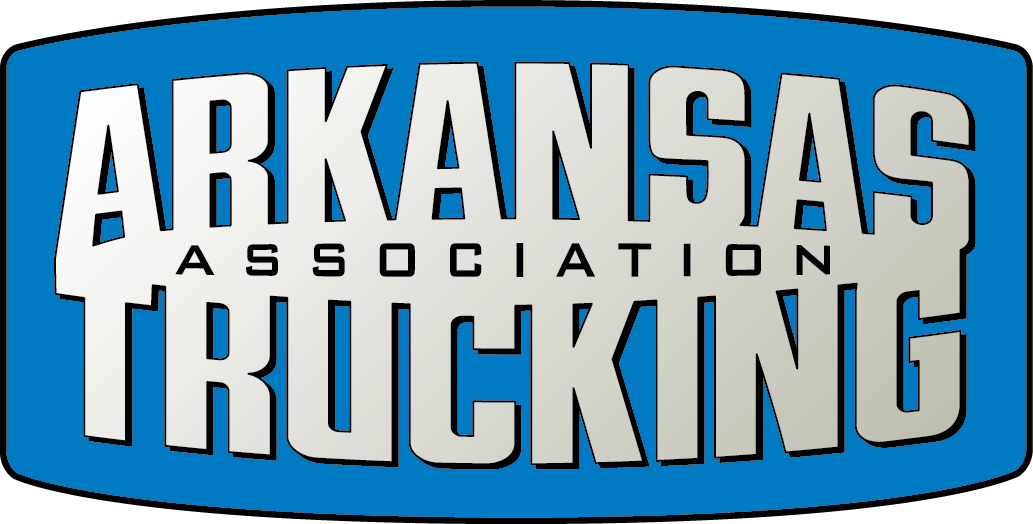US Drug Test Centers Blog
Body Hair vs Head Hair Drug Test | US Drug Test Centers
Hair follicle drug testing is a reliable drug test method with a wide detection time frame, making it an effective tool to determine long-term or repeated drug usage. But for those who have never taken this type of drug test before, there may be some confusion about where the hair that is used for the drug testing is taken — is it body hair or head hair? And if it's head hair, can a person with little or no head hair still undergo this type of drug test?
In this blog, understand how hair follicle drug testing works and if the source is body hair or head hair for this type of drug screening.
How Does a Hair Drug Test Work?
A hair follicle drug test is a non-invasive method that involves examining hair follicle samples, which are newly collected under the direct supervision of a qualified professional, for traces of illicit drugs.
This form of testing offers a more relaxed experience compared to other drug testing methods. You don't have to "hold it in" to submit the specimen within a specific timeframe (as in a urine drug test) or experience any discomfort (as in a blood drug test).
The human body has millions of hair strands, each with a small blood vessel, that allows it to gain nutrients to grow. With that being said, when a person uses drugs, the substance is metabolized and absorbed by the body. It enters the bloodstream and is carried to different parts of the body, including the blood vessels connected to hair strands.
Hair drug testing offers a long lookback period of up to nine months from the last use, so it may be used to identify patterned usage of illicit drugs.
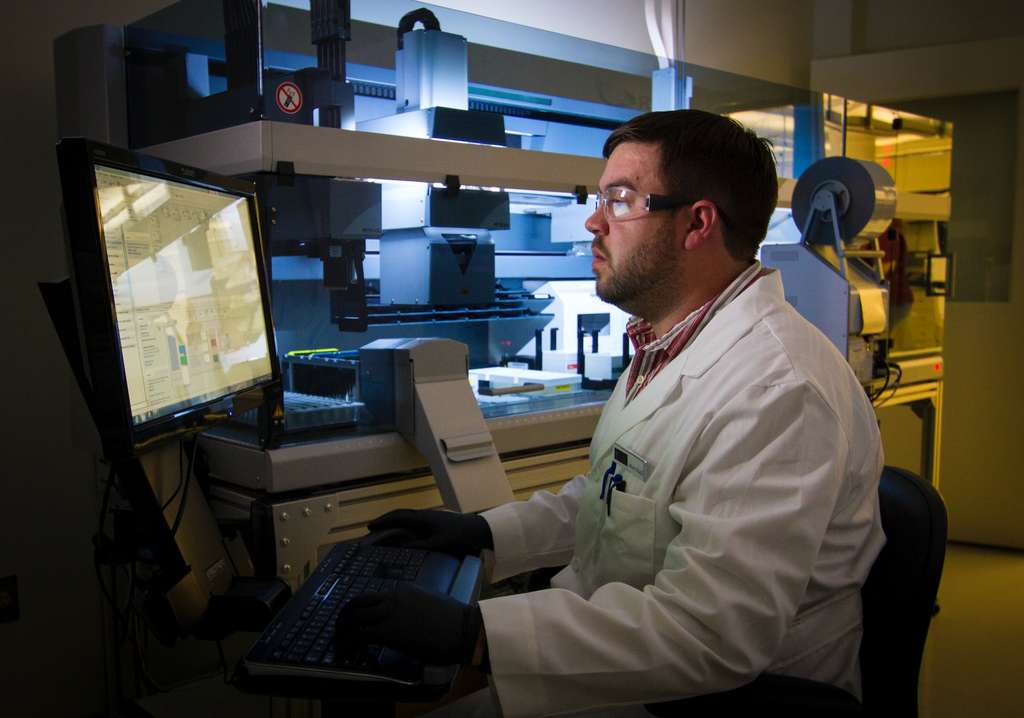
What to Expect from a Hair Drug Test
Hair follicle drug testing entails collecting a sample of approximately 90 to 120 hair strands. The hair must be taken directly from the donor; the samples cannot come from an unverifiable source like a hair brush.
Hair samples used for a hair drug test are typically taken from the crown of the head. These samples are usually cut as close to the scalp as possible using scissors. Considering approximately 90 to 120 strands must be taken, the hair strands can be taken from different spots on the head to prevent creating bald spots. The hair samples are then secured in foil. Once secured, the collector completes a documentation process and prepares the samples for transit to the testing laboratory.
The samples are taken by the donor in person and under the supervision of the collector, so this method is particularly difficult to cheat. Even if someone were to use so-called "special shampoos" or hair products to reduce or remove the presence of illicit substances in their hair, these products likely do not penetrate deep enough to reach the blood vessel in the hair follicles.
What If You Don't Have Hair on Your Head?
Some try to beat a hair follicle drug test by thinking that if they shave their head, they cannot be tested using this collection method. For those with already little to no head hair, this is a genuine concern.
Samples for hair drug tests are normally taken from the head. However, as an alternative for donors with little to no head hair, body hair samples may be used as appropriate alternatives. For example, hair follicles may be taken from the face or underarms, provided that the hair length is approximately 1.5 inches.
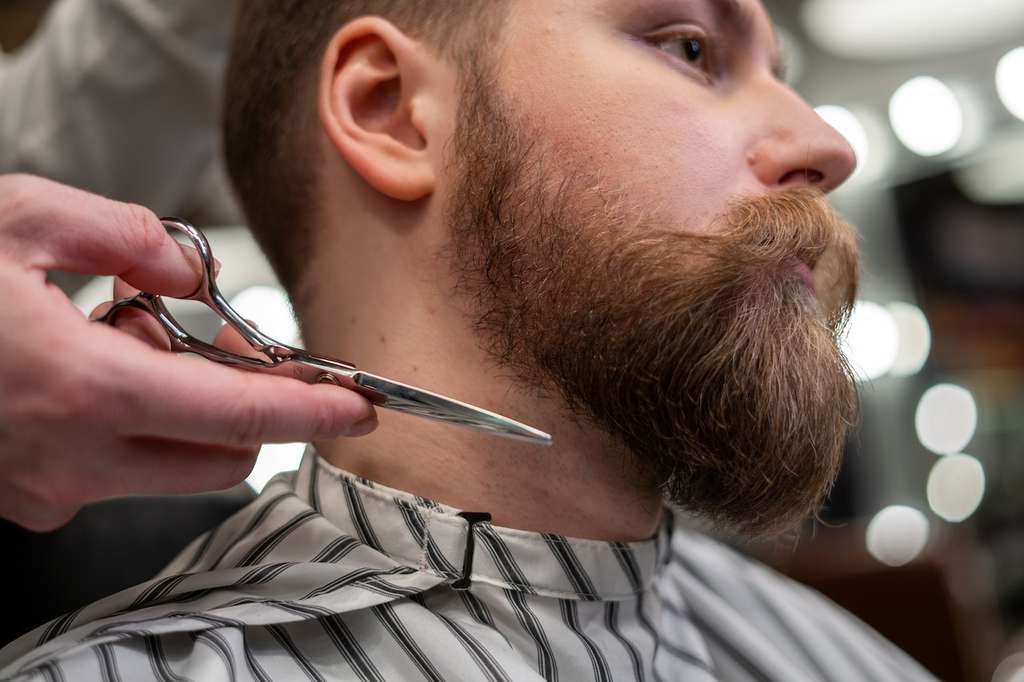
What Can a Hair Follicle Drug Test Screen For?
Hair drug testing is admissible in state and federal courts, arbitrations, and agency hearings. Some courts use hair follicle drug tests as part of parole, probation, and diversionary programs. This method may also be used for child custody and divorce cases.
Additionally, hair drug tests may also be ordered for personal reasons, such as parents wanting to test their adolescent children. In this case, hair from a brush or comb may be accepted, but these will be reported as received from an "anonymous" donor as the sample cannot verifiably be attributed to a specific person. Furthermore, if the sample is taken from a brush or comb, it is uncertain when the hair was extracted, so the time frame of the results may be inaccurate. Therefore, in this situation, the hair follicle drug test result is not legally defensible.
Note that hair follicle drug testing may be prohibited in some states for employee drug testing. With that being said, employers must consider their state and industry laws when planning policies to ensure a drug-free workplace.
How Does it Differ from a Urine Test?
Aside from the obvious difference in the method of sample collection, there are many differences between hair drug tests and urine drug tests.
Hair follicle drug tests have a longer lookback period or detection time frame (one week to 90 days) as compared to urine drug tests (72 hours to one week). This implies that a hair drug test may indicate long-term or patterned usage, while a urine drug test identifies more recent drug consumption.
For employers looking to implement a drug-free workplace, see our list of Employee Testing & Services. For those in need of court-ordered drug tests, check our list of Legal Testing Services. For more information on hair drug testing and other types of drug tests, contact us or locate a testing center near you.

